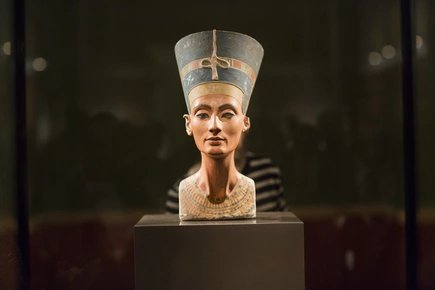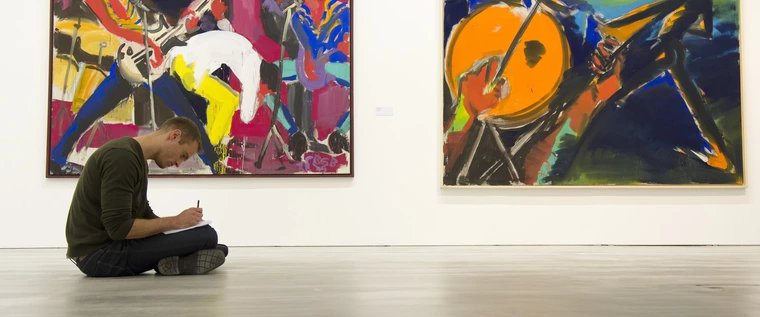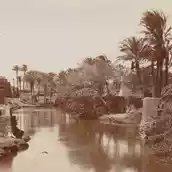
The cabinet exhibition in the Neues Museum is dedicated to one of the oldest domestic animals in human history, the donkey. The special importance of this often underestimated gray animal for ancient Egypt and Mesopotamia is presented from various perspectives - and shows one thing above all: the donkey was simply indispensable in the ancient world.
Donkeys are often characterized as stubborn, stupid, lazy and headstrong. This is reflected in sayings such as "Stubborn as a donkey" and "The lazy donkey drags itself to death". However, these prejudices are wrong and are often based on a misinterpretation of their behavior.
Rather, donkeys are intelligent, loyal, independent and attentive animals. But what role did the donkey play in the ancient world, in which areas do donkeys occur and what characteristics were attributed to them at the time?
Indispensable donkey
In the cultures of Egypt and Mesopotamia, the donkey has played an important role since early times and still shapes the rural image of these regions today. The donkey is valued above all as a hardy pack animal, as it can cover long distances without food.
Although it was primarily important in civilian life, the donkey was also used in the military environment. Here it not only took on the role of a reliable pack animal to transport provisions and equipment, but its level-headed nature also had a calming effect on the excited horses.
Texts explain what donkeys were used for, what they cost and how one could acquire a donkey. Donkeys were valuable and theft of an animal was severely punished. Nevertheless, in most depictions the donkey is portrayed as rather submissive and often not treated very kindly. The donkey also plays a role in religion, but often in a negative connection with the (evil) god Seth.
Illustrated donkey worlds
The exhibition presents the functions of the donkey in the ancient world in various areas in several thematic areas. What was the value of the donkey? What characteristics were in the foreground? What significance did the donkey have in religion, the military or agriculture?
Various objects from the Egyptian Museum and Papyrus Collection as well as the Vorderasiatisches Museum provide a diverse insight into the world of donkeys. These include donkey terracottas, depictions of donkeys and several texts that explain the use and acquisition of donkeys. Large-format images of donkeys from temples and tombs as well as modern photographs illustrate the exhibition.
A reading corner and a hands-on station invite the public to learn more and lift the load of a donkey themselves.
Curatorial team
The exhibition is curated by Olivia Zorn, Marius Gerhardt, Rebekka Pabst and Jessica Knebel, research assistants at the Egyptian Museum and Papyrus Collection, and Andrea Valsecchi Gillmeister and Nadja Cholidis, research assistants at the Vorderasiatisches Museum.
Publication
A richly illustrated catalogue will be available for the exhibition.
A special presentation by the Egyptian Museum and Papyrus Collection and the Vorderasiatisches Museum – Staatliche Museen zu Berlin
Additional information
From Monday, April 7, 2025 to Wednesday, April 9, 2025, the Neues Museum will be closed for maintenance work.












